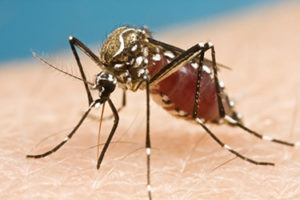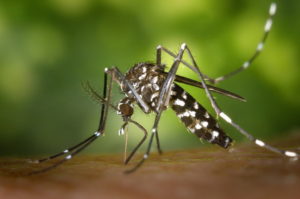Diseases, especially those that affect one’s physical abilities to get around and prevent us from living our lives in a normal fashion can have a dramatic effect on their entire well-being. In fact, some illnesses hamper the ability of people to manage just the basic things in life, such as eating by themselves and walking without assistance of any kind. Fortunately, there have been some major medical breakthroughs in recent times. By allowing them to live their life to the fullest, these medical breakthroughs are changing the game for many. What are these medical breakthroughs?
Pill Cam Colon
Imagine a pill that you can swallow with a camera that can view the entire colon, without sedation or radiation. This is not science fiction. This is a scientific fact. The Israeli company Given Imaging has developed such a device that has been successfully tested and is currently being used for potential colon cancer patients.
BrainGate’s Brain Sensor
In mid-2015, BrainGate, a technology company, implanted a brain sensor into the brain of a woman who had been paralyzed for the past fifteen years. After the brain sensor was implanted, the woman was able to drink coffee without any assistance. So how does this brain technology work? BrainGate’s cognitive apparatus records electrical signals after mining the neurons of brain activity. Once this is done, the sensor translates the signals into movement commands.
Diagnosis of Cancer via Dogs
This may sound a little absurd, but research has proven dogs can naturally diagnose cancer. Recently, four dogs including two German shepherds, an Australian shepherd, and a Labrador retriever were tested by a group of German scientists. In order to identify the presence of lung cancer in the surveyed individuals, each dog was made to sniff the breath of over two hundred patients.
The success to failure ratio was 71:29. Furthermore, the dogs were asked to identify the presence of breast cancer, colon cancer and bladder cancer in the surveyed individuals. Once again, the dogs had an over 70% success ratio. Therefore, there was enough evidence for the German scientists to conclude that dogs can naturally diagnose cancer.
Cardiac Output Monitor
Another invention from Israel that is used for the prevention of sepsis, a blood infection that is responsible for one in four hospital deaths and is listed as one of the top 10 causes of death in the United States.
Cheetah Medical uses sensors to monitor the movement of blood from the heart to the body’s organs which enables medical professionals to more efficiently diagnose and treat patients.
Technology for Migraine Pain
Today, technology is putting forth new ways of relieving headaches including severe headaches such as migraines. For many people, drugs do not do the job. Therefore, there is a growing need for alternative ways.
Fortunately, the FDA has taken the demands of migraine patients into consideration and has approved two migraine gadgets: Cefaly and SpringTMS. Cefaly is worn across the forehead for about twenty minutes each day while SpringTMS is a gadget held at the back of the head where the pain exists. Both these gadgets significantly relieve migraine pain.
There you have it—the three major medical breakthroughs that are changing the lives of many people. However, there are many other medical breakthroughs that are helping people to overcome their diseases.





